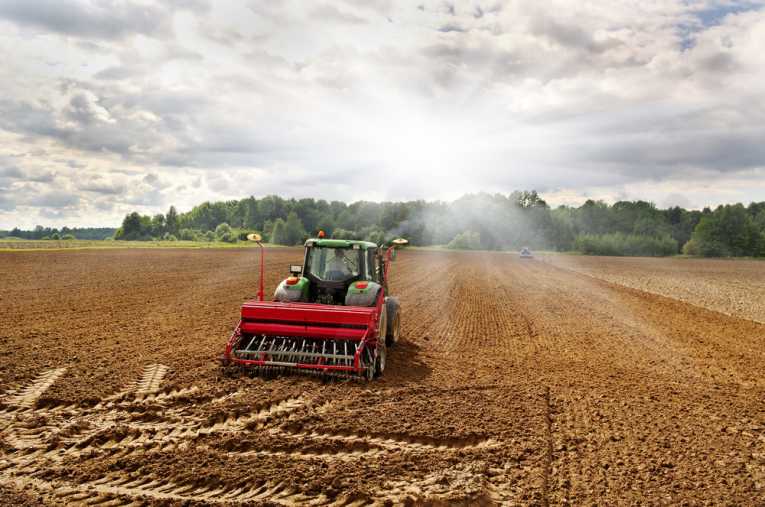The world is currently trying to support just over 7 billion people. The number of living humans is estimated to be growing at a rate of about 134 million each year with current projections for 2050 predicting a global population of up to 10.5 billion people.
A study focused on the demands for food that these increases could generate has been carried out by a team from the University of Minnesota with both positive and negative conclusions. The team predicts that demand for food will increase by 100% by 2050 but that intensive farming methods could be used to meet these demands.
A major problem with increasing pressure on agricultural systems is the likelihood of environmental damage. Jason Hill, an assistant professor at the university and contributor to the research, played down these fears, "Strategically intensifying crop production in developing and least-developed nations would reduce the overall environmental harm caused by food production, as well as provide a more equitable food supply across the globe." This is the best-case scenario, however, and it is possible that the emissions of greenhouse gases from agriculture could double alongside the demand for food. The necessity to repurpose undeveloped land for food production would also have a significant climatic impact.
The researchers, well aware of these challenges, looked at various scenarios that could minimise the damage done and were keen to promote the advancement of developing nations. To avoid land clearance and poor use of fertilizers, farming methods would need to be modernized and brought into line with the standards of developed countries. David Tilman, Regents Professor of Ecology, explained that their work showed that ecosystems can be protected through the support and education of poorer nations.
The difference in yields between the richest and poorest of the world is dramatic, with a difference of over 300%. If these increased yields can be extended across the world then we might have a chance to avoid the consequences of the ever-growing number of mouths to feed.










